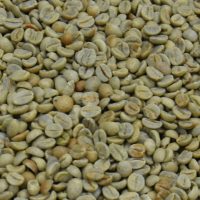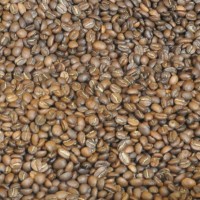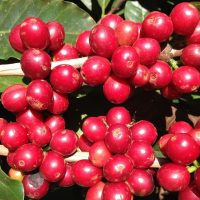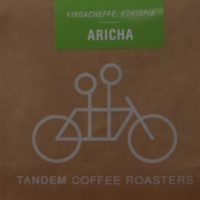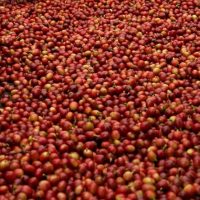 Welcome to this, the fifth and (for now) final instalment of my Coffee at Home sub-series looking at coffee. I started the series with the concept of direct trade, explaining why knowing where your coffee comes from is important. I followed that by considering blends, the art of combining different coffees in order to create a specific taste profile. In the third instalment, I introduced the idea that pretty much everything has an impact on how your coffee tastes, all the way from the farm to the roaster, before looking at what are, for me, the two biggest factors: processing and roasting. Which brings us neatly to this fifth instalment, how preparing and serving your coffee affects how it tastes.
Welcome to this, the fifth and (for now) final instalment of my Coffee at Home sub-series looking at coffee. I started the series with the concept of direct trade, explaining why knowing where your coffee comes from is important. I followed that by considering blends, the art of combining different coffees in order to create a specific taste profile. In the third instalment, I introduced the idea that pretty much everything has an impact on how your coffee tastes, all the way from the farm to the roaster, before looking at what are, for me, the two biggest factors: processing and roasting. Which brings us neatly to this fifth instalment, how preparing and serving your coffee affects how it tastes.
At a very basic level, how you prepare your coffee obviously effects its taste. An espresso tastes very different from a pour-over, even using the same bean. However, the effects can be more subtle than that, which is what I want to explore in this post. It also goes beyond the basics such as preparation method. Almost everything changes how you perceive flavour, from the temperature of the coffee right down to the shape of the cup.

